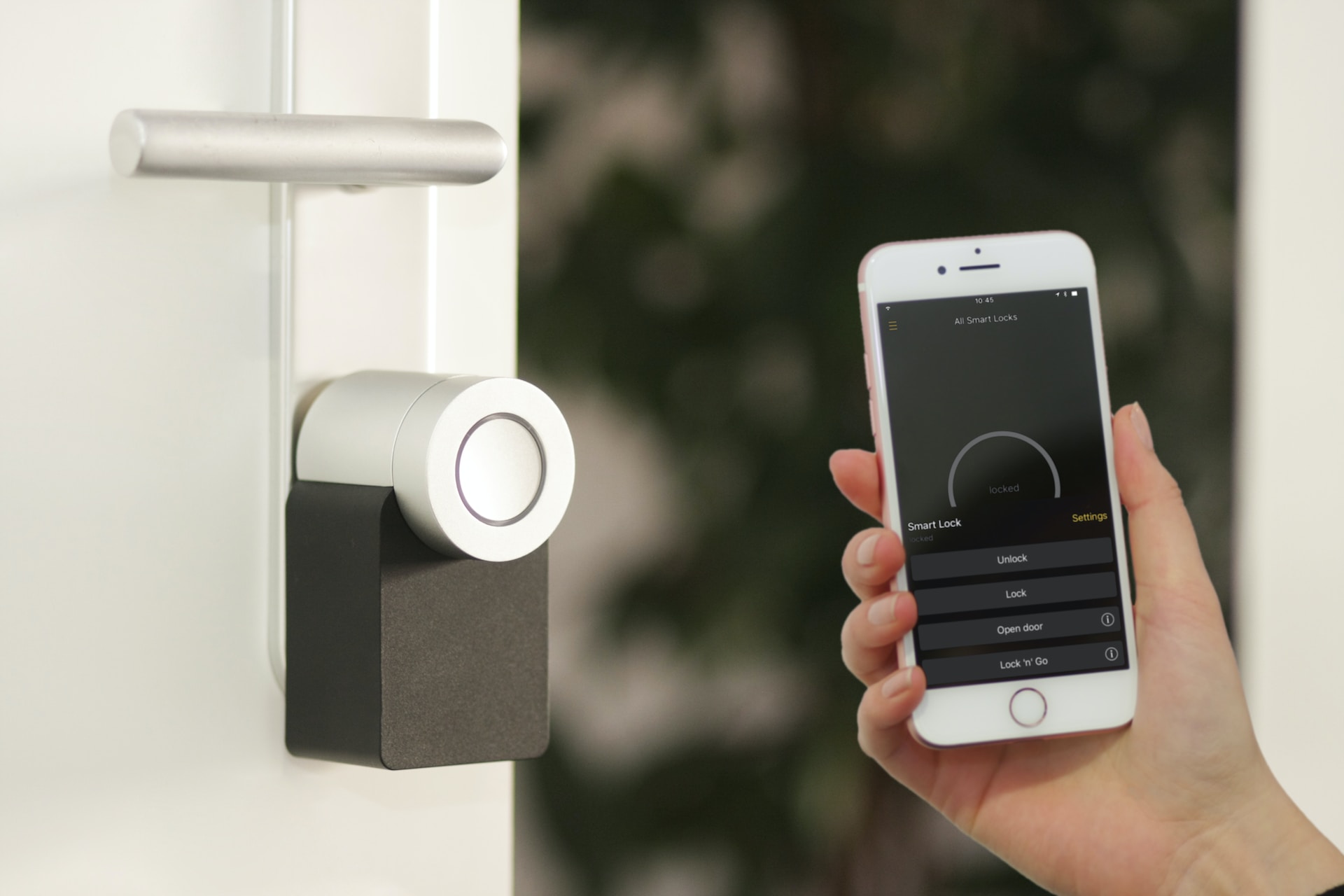As we rush to fill our homes with ultra-convenient devices and gadgets, hardly anyone is stopping to think about how this affects their home security.
An investigation by Which? Found that a smart home may experience up to 12000 hacking and attack attempts every single week.
It isn’t only mobile phones and tablets — you can now even be hacked through your smart light bulbs.
So, how can you tell if your smart home is being hacked? And how can you prevent it in the first place?
Table of Contents
ToggleWhat Is A Smart Home?
To define a “smart home,” we first need to define Internet of Things (IoT) devices. Appliances communicating over the internet are classified as IoT devices:
- Remote-controlled lighting;
- Smart speakers and TVs;
- Internet-connected thermostats;
- Even fish tanks.
This allows you to control your entire home remotely, as each appliance connects to the web. However, just like any internet-connected device, these household appliances can be hacked, too.
5 Signs Your Smart Home Has Been Hacked
Hearing odd noises through your thermostat? Let’s take a look at five common signs your IoT devices may be hacked.
#1. Your Cameras Have Been Repositioned
Didn’t you purposely face that camera towards your living room? Your security cameras won’t move themselves — if your camera is facing another direction than the one you set, it could have been hacked and used to spy on you.
#2. The Camera Light Is On
Another security camera issue is the glowing “recording” light. When this indicator shines, it’s a clear sign that someone is watching. If your cameras don’t have this feature, consider swapping them so you can know when you’re being snooped on.
#3. Your Devices Are Making Odd Noises
When IoT devices are hacked, many cybercriminals are unaware of the 2-way communication abilities.

If you hear background noises or speaking coming from your smart home device, it could be a hacker who’s unaware they’re being broadcasted.
#4. Receiving Notification Of Changed Passwords
Have you ever received an email notifying you of a password change, even though you didn’t change it yourself? This means a hacker has infiltrated your smart home device and intends to retain control.
#5. Suspicious Activity And Logins
You can check this one manually, but plenty of threat detection software is readily available, too. If you see unauthorized or unusual login attempts and activity, a cybercriminal could be trying to hack you.
Protecting Your Smart Home Devices
Hacks like these are bone-chilling, but taking the necessary steps to prevent them is easier than ever…
Home-Wide Encryption
Your first step to protect your smart home has to be encryption. Many IoT devices will offer some kind of base encryption, but it’s not enough to repel cybercriminals.
Using a premium VPN on your router and all devices will safeguard your data and home from cyber intruders. See more about VPNs and their usage.
Strong Passwords
This one is the bread and butter of today’s cybersecurity climate. Strong passwords are the backbone of cybersecurity, without which your safety barrier will break.
Here’s a handy rule: if you can remember your password, so can a criminal. The best passwords are ones that look like “3jA>v#XkpmjL”.
Keep Up To Date
Software is imperfect and naturally contains security flaws and backdoors. Developers rush to plug these holes in updates and patches.
Ignore an update or two, and you’re creating a h

uge lapse in your private cybersecurity. Not to mention, you’re opening the door to hackers.
Keep Track Of All IoT Devices
For good measure, it helps to audit your home for IoT devices. Triple-check all of your devices, as almost every new device is becoming internet-connected.
In cybersecurity, this is called your “attack surface.” Knowing your attack surface allows you to increase protection on weakly secured IoT devices.
Wrapping up…
The thought of a cybercriminal spying on you and your family is terrifying but all too real in our modern society.
Know how to spot the signs and protect yourself against these digital intruders to protect your private information and your home.






